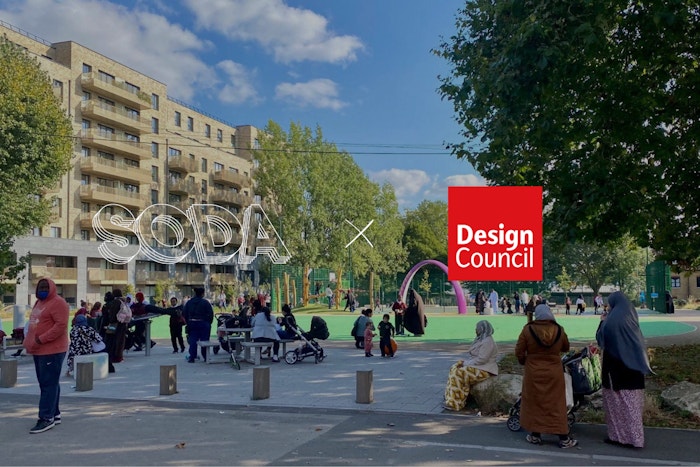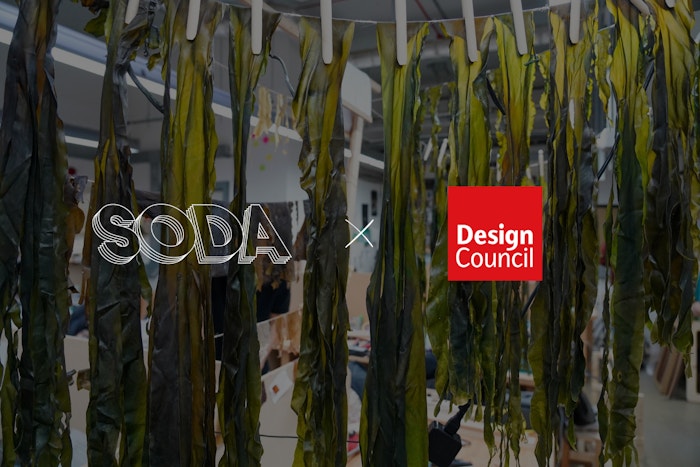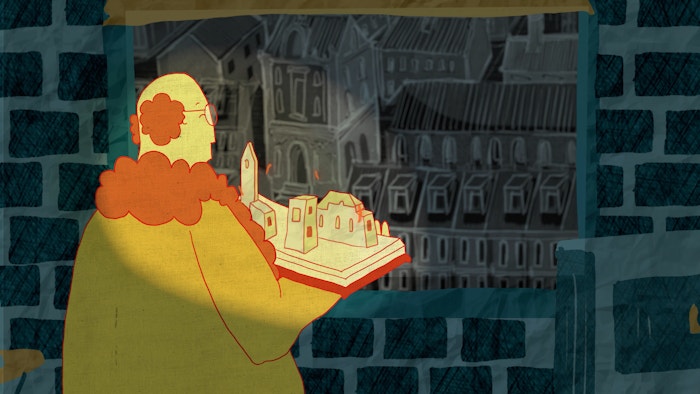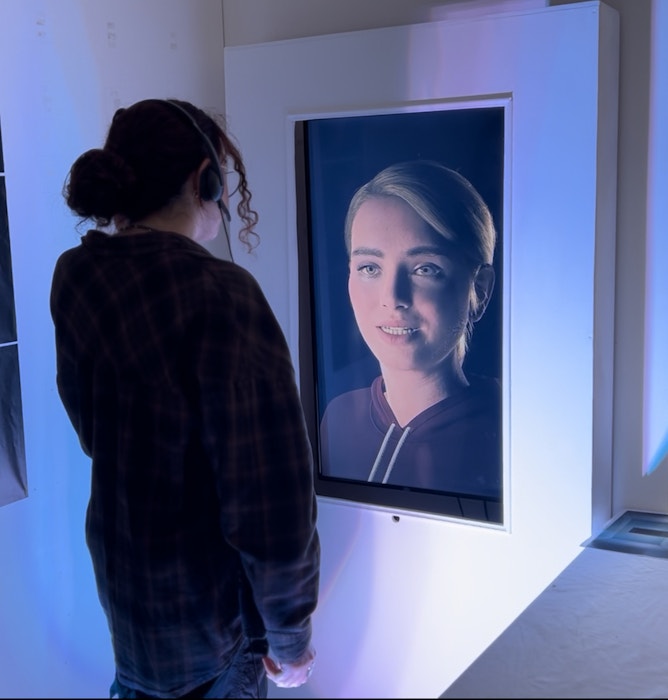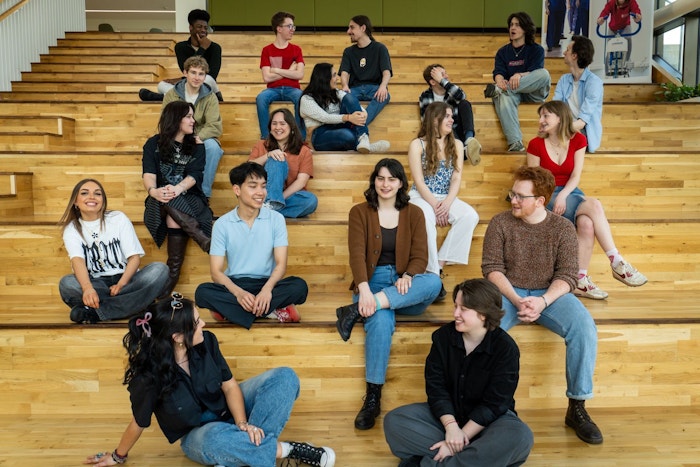
Words by Tony Ryan
18 Feb 2025
Not a New Years Resolution
Tony Ryan, CEO of the Design & Technology Association reflects on a design education event held at Nottingham Trent University.

Tony Ryan, CEO at The Design & Technology Association
It’s February already, and the first quarter of 2025 appears to be racing by. Before we get too far into the year, I thought it might be good to take a moment and list some of the thoughts that emerged from a recent conference on design education held at Nottingham Trent University and involving delegates from primary, secondary, and HE alongside other policy-influencing organisations.
To prepare for this, I carried out something of an experiment by crowd-sourcing ideas to set questions online. The response was somewhat overwhelming, with a plethora of online responses and emails from a very broad audience including design professionals and educators.
I was asked to summarise thoughts into a four-minute presentation and was encouraged not to be shackled by budget, policy or any other possible restraint. Thoughts were focused on three main questions, as shown below:

Credit: Shutterstock
How should design education evolve?
- If we pitch ourselves as a subject that is all about making, then we are as good as finished. Prototyping and making are essential elements of our subject; always have been and always will be. But we must become a thinking subject that makes, not a making subject that encourages thinking.
- All learning in design & technology (with the possible exception of short, focused tasks) should have context and relevance, with an actual client wherever possible (not imagined or a member of family acting as a client).
- Careers education to be embedded in the curriculum where possible. Students need to be exposed to positive role models and be made aware of the wide breadth of careers available within the design sector and its potential to solve some of the world’s biggest problems.
- If we are to have any chance of seamlessly embedding emerging technologies into the curriculum, then all D&T teachers need to be trained in industry and gain experience in how business and industry works. See the D&TA ‘Teachers in Residence’ Initiative sponsored by IMechE.
- Focus on anthropology, not technology. The tech is simply a tool to help us reach a set goal or objective. The real learning lies in how humans relate to their world and any designed solution.
- Focus all activities on people, place and planet.

Credit: Shutterstock
Opportunities
- Design thinking and creativity are arguably more sought after and valued within business and industry than ever before. By teaching these skills, we are preparing young people for life, work, and more!
- Change will be forced by the inevitable reduction in the availability of resources and materials, placing ingenuity, resourcefulness, creativity and local production to the fore.
- We have a once-in-a-decade opportunity with a new government to demonstrate the true value of design.
Challenges
- Teacher shortages are at a critical point. Even if the Government decided design & technology was the most important subject on the curriculum and would be taught in every school with no exceptions, we simply could not staff this. The workforce took ten years or more to reach these depths; we need urgent and prolonged action to turn this around now. This is not an easy fix, as encouraging more people to teach will take more than a few carefully crafted adverts on prime-time TV.
- To teach the subject well, teachers need adequate curriculum time. Design and creativity are complex and cannot be rushed into 40-minute sessions. We need to afford teachers and their students time and space to explore, ideate, create, test, fail, and, where necessary, start again.
- No one goes into teaching for the money – that’s a fact! All teachers want what is best for their students. Confidence to change the curriculum from one that is too often focused on making and “taking something home” to one that challenges students to solve real problems through thinking will take time and subject training. We must invest in this training if we are to achieve the desired results nationally.
- Industry and education need to come closer to bring more real-world problems to the curriculum, adding relevance and purpose to young people’s learning experience.

Credit: Shutterstock
One bold idea – no barriers, no limit on ambition
- As much as we want to build design within both D&T and Art & design classes – if it stays just there, then it will die. We must be bolder and push for design and design thinking to be a core concept across all subjects.
- One of the most significant stated barriers to progress in primary schools in D&T, Art & Design, science and engineering is having to set up and deconstruct lessons in a standard classroom. Use the current demographic shrink in primary schools to create a dedicated design space in every school (using the lessons gained from the maker space concept).
- All D&T teachers to experience a short spell in a relevant industry to expand thought and actions.
- Stop talking about STEM and, worse still, STEAM – it’s an abstract that is simply not helpful! Instead, let’s start looking for ways to develop and maintain a perpetual sense of curiosity in our young people. If we mean design, then let’s not be afraid to call it that.
- The NEA works in both D&T and Art & design. The focus on two-hour written examinations crowded in content, much of which makes no sense to students as they have never, and will never apply it, is a waste of time and energy and is turning young people away from D&T. Comparative Assessment https://compare.rm.com/ to be trialled as a trusted alternative to the written exam.
I should point out the above came from the LinkedIn exercise and is not all D&TA policy (although there is little here that I disagree with). This exercise was designed to be a provocative conversation starter, and it worked!
What do you think?
- https://www.designtechnology.org.uk - Design & Technology Association
- https://www.linkedin.com/in/design-technology-association/ - Tony Ryan on LinkedIn









